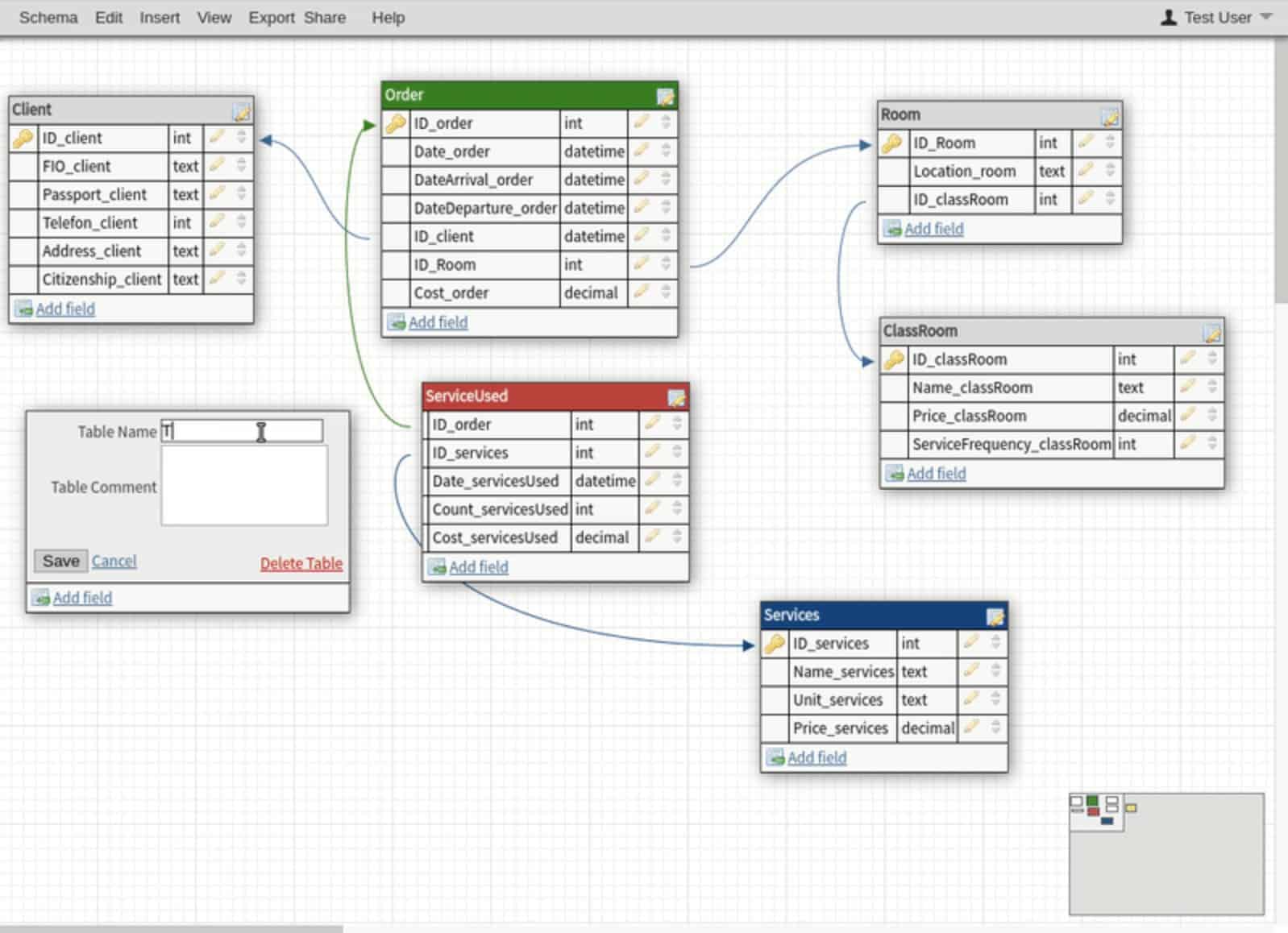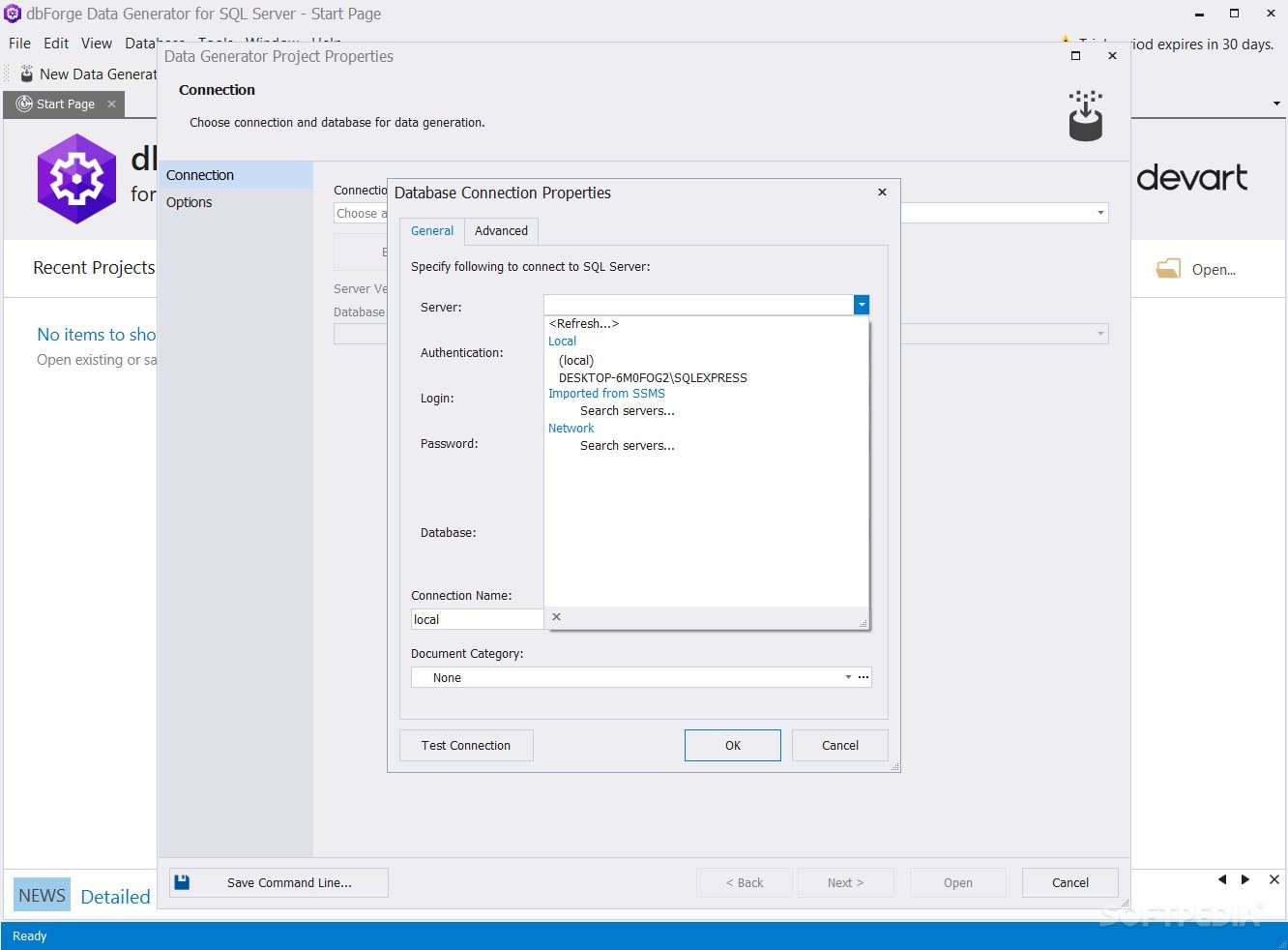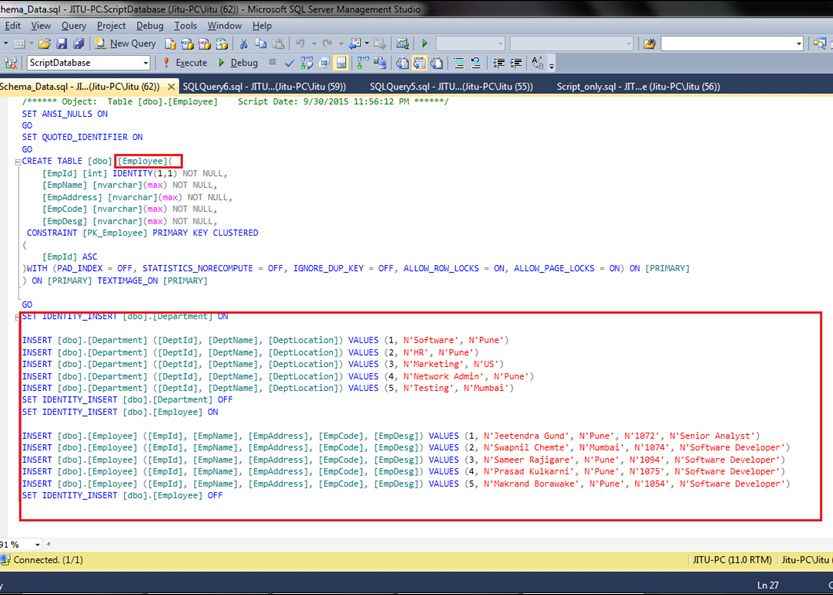

Just as the 3GL offered greater power to the programmer, so too did the 4GL open up the development environment to a wider population. It can also apply to an approach that looks for greater semantic properties and implementation power. The term can apply to a large set of software products. The motivations for the '4GL' inception and continued interest are several. In some primitive way, early 4GLs were included in the Informatics MARK-IV (1967) product and Sperry's MAPPER (1969 internal use, 1979 release). Though used earlier in papers and discussions, the term 4GL was first used formally by James Martin in his 1981 book Applications Development Without Programmers to refer to non-procedural, high-level specification languages. 4.8 Low code / No code development platforms.4.7 Database-driven GUI application development.4.4 Data manipulation, analysis, and reporting languages.In the 1980s and 1990s, there were efforts to develop fifth-generation programming languages (5GL). Some advanced 3GLs like Python, Ruby, and Perl combine some 4GL abilities within a general-purpose 3GL environment, and libraries with 4GL-like features have been developed as add-ons for most popular 3GLs, producing languages that are a mix of 3GL and 4GL, blurring the distinction. While 3GLs like C, C++, C#, Java, and JavaScript remain popular for a wide variety of uses, 4GLs as originally defined found uses focused on databases, reports, and websites. The concept of 4GL was developed from the 1970s through the 1990s, overlapping most of the development of 3GL, with 4GLs identified as "non-procedural" or "program-generating" languages, contrasted with 3GLs being algorithmic or procedural languages. Some researchers state that 4GLs are a subset of domain-specific languages. Languages claimed to be 4GL may include support for database management, report generation, mathematical optimization, GUI development, or web development.

While the definition of 4GL has changed over time, it can be typified by operating more with large collections of information at once rather than focusing on just bits and bytes.

Each of the programming language generations aims to provide a higher level of abstraction of the internal computer hardware details, making the language more programmer-friendly, powerful, and versatile. A fourth-generation programming language ( 4GL) is any computer programming language that belongs to a class of languages envisioned as an advancement upon third-generation programming languages (3GL).


 0 kommentar(er)
0 kommentar(er)
